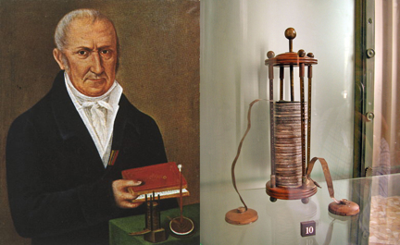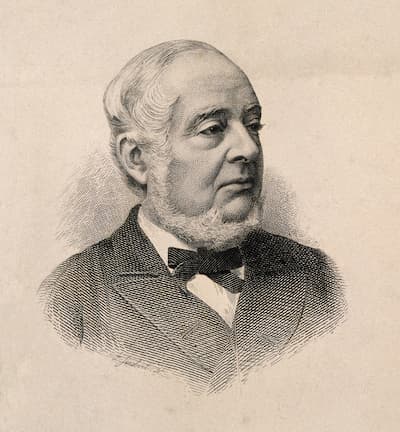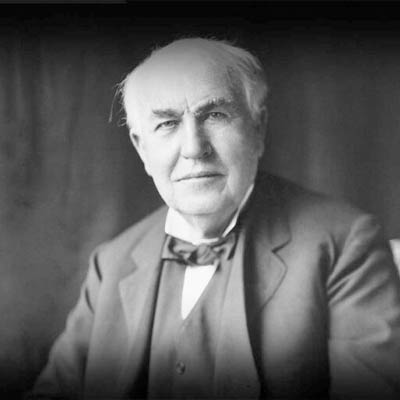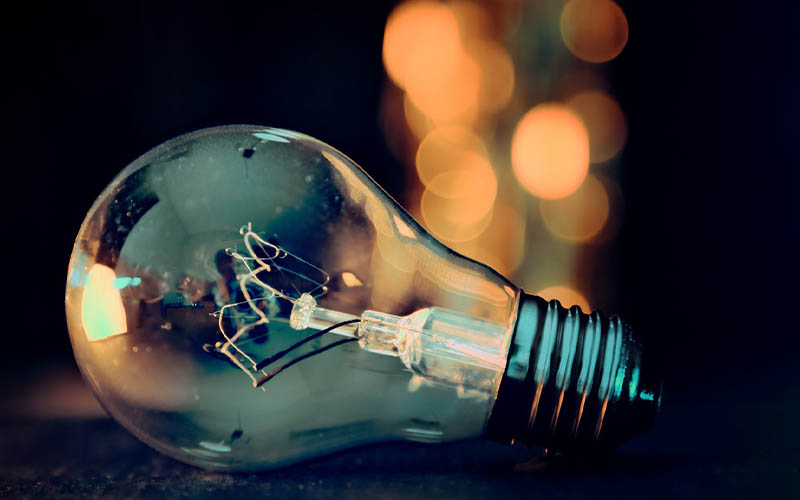Thomas Edison, a US inventor, frequently receives all the credit, but was he really the one who came up with the idea or was it just a “bright” idea? So, who invented the light bulb first really?
The light bulb and electric lamp are not invented by one person. On the contrary, they are created in a series of successive inventions, each of which is based on the work of previous scientists. Edison’s patent reflects his invention: not the first light bulb, but the first truly large-scale application of the electric lamp.
Please read on.
Precursors to Thomas Edison’s Electric Light Bulb
We must look at the work of earlier inventors in order to determine how much credit Edison truly deserves for the development of the light bulb. At the turn of the 19th century, Italian inventor Alessandro Volta pioneered concepts in controlling an electrical current, culminating in his “voltaic pile” which effectively functioned as a battery. If Volta’s name sounds familiar, it may be because the electrical measurement “volt” is named after him.
The voltaic pile inspired British chemist Humphry Davy to design a battery of his own and use it to power an arc lamp. In fact, the arc lamp contained visible light, and since it was introduced in 1806, Davy’s creation predated Edison’s by more than seven decades. But Davy’s arc lamp was extremely bright and hard to control, required a great deal of electric current and did not last long enough for practical home usage. The electric arc lamp served a purpose as an outdoor streetlight, but it was ineffective as a fixture for a house.

The Next Major Breakthrough
The next major breakthrough in developing a commercial lightbulb occurred in 1840 by British inventor Warren de la Rue.
De la Rue reasoned that using a platinum filament rather than a copper one fixed inside a vacuum tube was the best strategy for creating an electrical light that was dependable, safe, and long-lasting.
Because platinum has a high melting point, De La Rue decided to use it as a filament. Platinum could withstand high electrical currents and glow at high temperatures without igniting. The longer the filament would glow, the fewer gas molecules there would be to react with the platinum, so he decided to fasten it inside a vacuum-sealed chamber.
However, platinum was far too expensive to be produced commercially both then and now. De la Rue’s model was flawed because vacuum pumps were less effective at the time.
But experiments went on because the theory he used for this lightbulb appeared to work in most cases. Because some bulbs glowed too dimly or required too much current to glow at all, these early designs were, sadly, stymied by cost or impracticality.

Read about
Joseph Swan Vs. Thomas Edison
In 1850, English chemist Joseph Swan began trying to make electrical light more economical, and by 1860 he had developed a lightbulb that used carbonized paper filaments in place of those made of platinum, according to the BBC. Swan received a patent in the U.K. in 1878, and in February 1879 he demonstrated a working lamp in a lecture in Newcastle, England, according to the Smithsonian Institution.
Swan’s filaments were enclosed in a vacuum tube, just like earlier iterations of the lightbulb, to reduce oxygen exposure and increase lifespan. Swan was unfortunate because vacuum pumps at the time weren’t very effective, and the prototype wasn’t reliable enough for regular use.
Swan’s design had a problem, which Thomas Edison identified as the filament. A thin filament with high electrical resistance would make a lamp practical because it would require only a little current to make it glow. According to the Franklin Institute(opens in new tab), he demonstrated his lightbulb in December 1879 in Menlo Park, New Jersey, using a platinum filament in a glass vacuum bulb. Swan established a business for electrical lighting in England after incorporating the improvement into his lightbulbs.
Swan’s patent, at least in the U.K., was a strong defense against Edison’s claim of patent infringement., according to CIO. The two inventors eventually joined forces and formed Edison-Swan United, which became one of the world’s largest manufacturers of lightbulbs, according to the Science Museum Group.


First Practical Incandescent Lightbulb
According to the DOE, Edison outperformed his rivals in creating a useful and affordable lightbulb. Between 1878 and 1880, Edison and his research group tested more than 3,000 different bulb designs.
In Nov. 1879, Edison filed a patent for an electric lamp with a carbon filament, according to the National Archives. A number of substances, including cotton, linen, and wood, were listed in the patent as potential filament materials. The following year, Edison tested more than 6,000 plants to see which material would burn the longest in order to find the ideal filament for his new bulb.
Several months after the 1879 patent was granted, Edison and his team discovered that a carbonized bamboo filament could burn for more than 1,200 hours, according to the Edison Museum. Until the 1880s to the early 1900s, bamboo was used to make Edison’s bulb filaments before being gradually replaced by more durable materials.
A more effective method of producing carbon filaments was patented in 1882 by Lewis Howard Latimer, one of Edison’s researchers, according to Rutgers University(opens in new tab). And in 1903, Willis R. According to the Smithsonian Institution, Whitney developed a treatment for these filaments so they could burn brightly without darkening the interiors of their glass bulbs.
In 1910, American physicist William David Coolidge made improvements to General Electric’s process for producing tungsten filaments. Edison was aware that tungsten, which has the highest melting point of any chemical element, is a great material for lightbulb filaments, but the equipment required to produce super-fine tungsten wire was not available in the late 19th century.
Incandescent light bulb filaments are still primarily made of tungsten in modern times.
If you love chandeliers but have recessed lights in your home, we’ll show you how to convert a recessed light to a pendant.
So Who Really Invented the Light Bulb?
Electric lamps and light bulbs were not created by a single person. Instead, they were developed through a series of innovations that built on the discoveries made by earlier researchers. Edison’s patent reflected what he had created, which was the first electric light with widespread use rather than the first light bulb.
Even today, incandescent bulbs invented by Edison and Swan are losing ground as fluorescent lamps and LED lighting technology take over the market. Even though the days of vacuum tubes and glass bulbs are passing, it is still important to develop the most useful, widely-used light bulbs possible.
The existence of patents protects earlier inventions, but Edison never abandoned projects merely because another person had thought of them first. Schobert recalls: “The story by Edison I love best of all… occurred when A tour of Edison’s Menlo Park lab was being given to a group of guests. When his staff was working on an invention, one of the visitors questioned Edison about the rules they had to follow. We don’t have rules around here, Edison reportedly shouted. We have a goal that we’re working toward!'”



